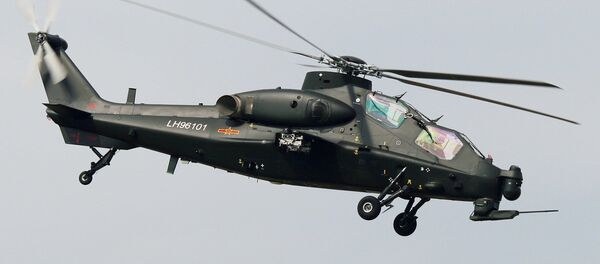The interview came after a recent report on Chinese television confirmed Beijing's efforts to try to develop a new generation tank.
"It seems that China is working on a fundamentally new armored vehicle, which has nothing to do with the current tanks: Type 96 and Type 99," Kashin said.
With a crew of two, the new tank will feature an unmanned tower, a powerful new engine, a high degree of automation and advanced information systems, according to Kashin.
📷 enrique262: Chinese Type 99 tank. https://t.co/CHoJbcNPTM
— P S T R V (@sergey_psv33) 17 августа 2016 г.
"It is difficult to say when the new Chinese tank will be mass produced, a process that would most likely take a lot of time", Kashin said, referring to the Russian tank T-14 Armata.
He recalled that the development of the Armata started back in the 1990s, in what was followed by the tank's state tests and subsequent reports. The first 100 such armored vehicles are due to enter service in the Russian Armed Forces in 2017-2018.
ZTZ-96A main battle tanks, the improved version of Type 96 tank attend PLA extreme training. http://t.co/5REWPRM7ro pic.twitter.com/ui0FtOWz0M
— People's Daily,China (@PDChina) 6 января 2015 г.
Separately, Kashin pointed to the fact that compared to warplanes, the process of putting armored vehicles, including tanks, in service is much more complicated.
Tanks are actually on par with aircraft in terms of complexity, Kashin said, drawing attention to the fact that a warplane which has returned from a flight is already at a base, where it can be provided with qualified service if needed.
In contrast, tanks can be stationed outside for weeks and even months with no chance of repair, which is why reliability and the reparability are of paramount importance to armored vehicles, Kashin said.
In this vein, it is safe to say that the new Russian and Chinese tanks will most likely become the main competitors in the world market for such weapons, Kashin concluded.




